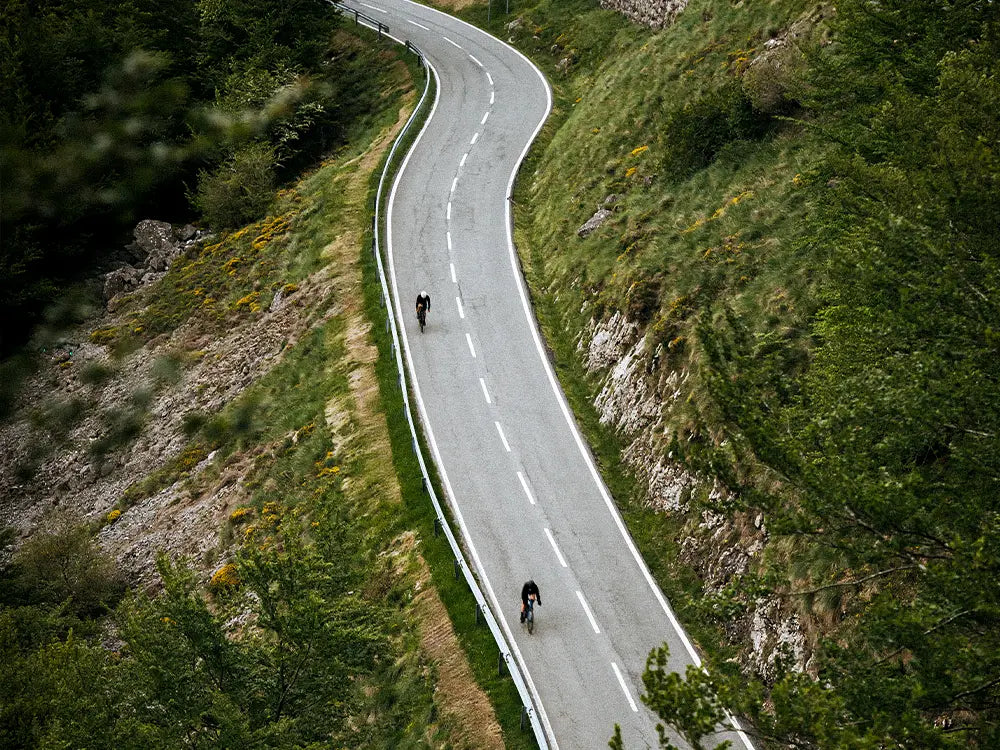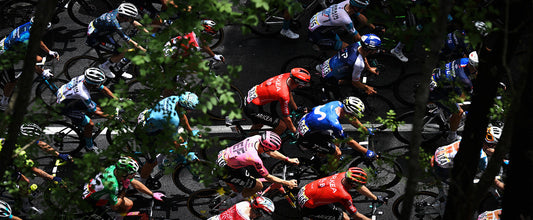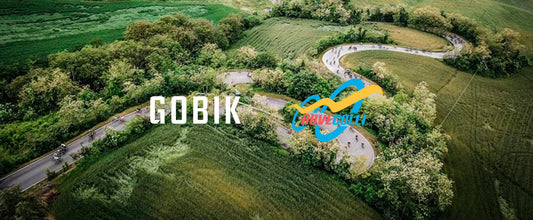The Quebrantahuesos Gran Fondo, to be held on June 22, 2025, is one of the most prestigious and demanding cycling events in southern Europe. With a 200 km route that crosses the stunning landscapes of the Pyrenees and accumulates more than 3,500 meters of positive vertical drop, it is a true test of endurance, mental strength and preparation.
Named after the majestic lammergeier - the bearded vulture of the Pyrenean skies - this ride gathers every year more than 9,000 cyclists ready to face a route that has forged its legend in the international cycling calendar.
Knowing the route
Starting and finishing in Sabiñánigo (Huesca, Spain), the Quebrantahuesos Gran Fondo takes participants along roads in Spain and France, crossing some of the most emblematic passes of the Pyrenees and offering postcard views along with ramps that will test every muscle fiber. Its key climbs are:
-
Somport Pass (16.69 km, 1,640 m altitude, 692 m elevation gain) - A long but steady climb, perfect for activating the legs from the start.
-
Col de Marie-Blanque (9.17 km, 1,035 m altitude, 704 m ascent) - Famous for its treacherous last kilometers, with ramps reaching 13%, it is one of the decisive points of the day.
-
Col du Portalet (28.3 km, 1794 m altitude, 1285 m ascent) - A 28 km climb that demands pure endurance, with variable gradients that give no respite.
- Jaca gorge (2.46 km, 1,270 m altitude, 188 m elevation gain) - The last effort of the day: short but intense, calling for the last reserves of energy.
The combination of long alpine passes, explosive climbs, fast descents and the potential heat of late June make this race a challenge that rewards both physical preparation and cycling strategy.
Key points for your training
With about two months to go until the big event, you still have time to structure a progressive and focused training plan. Here are the areas you should prioritize:
1 - Long distance endurance.
The Quebrantahuesos is not just about climbing, it's about being able to sustain high efforts for 7 to 10 hours. Long weekend rides should become a non-negotiable routine. Try to reach sessions of 5 to 6 hours, including passes whenever possible.
2 - Volume and strength in climbing
Chained passes are the hallmark of this ride. Work on:
- Sustained climbs of 20 to 30 minutes to gain endurance.
- Series at threshold (e.g. 2 x 20 minutes at 90% of your FTP) to improve your ascent rate.
- Low cadence workouts to simulate the strength needed on hard ramps such as Marie-Blanque.

3 - Confidence on descents
Many of the descents of the Bearded Vulture are long, technical and fast. Practice progressive braking, corner efficiently and stay relaxed on the bike to better control your speed and save energy.
4 - Nutrition on the road
A solid nutrition strategy is key in this event. Train your stomach to assimilate carbohydrates (gels, bars, energy drink) every 30-40 minutes during your long rides. Also adjust your hydration, especially considering the temperatures that often accompany the race in June.
5 - Recovery and tapering
In the last weeks before the race, reduce the volume of training but maintain the intensity. Prioritize rest, recovery rides and sleep to assimilate the workload.

Conclusion
The Quebrantahuesos Gran Fondo is a must for cyclists looking to test themselves in a first class alpine setting. From its legendary climbs to the experience of riding between two countries, this event is much more than a ride: it is an unforgettable cycling challenge.
Train with purpose, dose your strength with intelligence and, above all, enjoy the challenge that only the Quebrantahuesos can offer.
Disclaimer: Before undertaking any endurance event or training program, consult your doctor to make sure your physical condition is adequate.
















